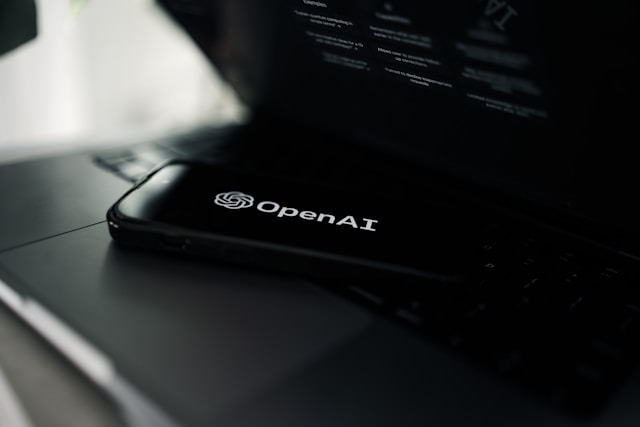
The Future Lawyer Weekly Briefing – W/C 11th March 2024
March 10, 2024
The Helen Grindrod Social Mobility Prize: In Review
March 11, 2024Article by Vinita Prajapati
Poverty remains a brutal reality for millions, suffocating not only individual lives but also global progress. But what if eliminating poverty entailed more than just increasing incomes? What if the solution was integrated into the fabric of a healthier world and stronger economies? This connected strategy, guided by the United Nations’ Sustainable Development Goals (SDGs) and supported by agencies such as the World Bank, has the potential to open the door to a truly sustainable future.
SDGs: A Comprehensive Roadmap
The 17 SDGs, adopted by the UN in 2015, give a framework for addressing issues such as poverty, inequality, and climate change while recognising their interconnectedness.
Goal 1, “End poverty in all its forms everywhere,” defines the framework and acknowledges that poverty reduction cannot be achieved in isolation.
Poverty eradication remains a complex global issue tied to environmental sustainability and economic development. The United Nations Sustainable Development Goals (SDGs) serve as a road map, and the World Bank plays a vital role in putting them into action. However, effectively reducing poverty requires addressing the urgent needs of the most vulnerable – those lacking basic necessities like food, water, shelter, and frequent access to technology.
Bridge the Digital Divide
While technology can be a useful tool for reducing poverty, excluding individuals who do not have access exacerbates inequality.
To ensure everyone has access to knowledge and resources, we need novel approaches, including low-tech interventions, community radio broadcasts, and human-assisted communication. Empowering local communities to design and implement these solutions guarantees they are culturally relevant and sustainable.
Building Resilience in A Changing Climate
Poverty-stricken communities usually bear the brunt of environmental change. SDG 13 highlights the necessity of linking poverty reduction with climate action. The World Bank’s Climate Investment Funds assist impoverished countries in adapting to climate change and transitioning to low-carbon economies.
Investing in Fundamental Rights
Access to basic necessities like food, water, and shelter is vital in any poverty reduction strategy. SDGs 2 (Zero Hunger) and 6 (Clean Water and Sanitation) address these concerns directly.
The World Bank supports programmes like small-scale agriculture, irrigation systems, and water purification projects that assist people in meeting their fundamental needs.
Building Sustainable Livelihoods
SDG 8 (Decent Work and Economic Growth) recognises the transforming power of decent jobs. The World Bank promotes microfinance, skill development programmes, and infrastructure projects that generate jobs and strengthen local economies. However, inclusive growth is required to ensure an equitable transfer of rewards from large corporations to the most marginalised.
Strengthening Social Protection
Despite economic gain, others may fall between the cracks. SDG 1 (No Poverty) highlights the importance of social safety nets. The World Bank helps nations implement programmes like cash transfers and public works projects that provide a safety net for vulnerable communities.
Investing in Education and Healthcare
Education (SDG 4) and healthcare (SDG 3) are essential components in breaking the cycle of poverty. The World Bank invests in projects that improve everyone’s access to excellent education and healthcare, with a particular emphasis on women and underprivileged groups. Education empowers people to participate in the economy and improve their living conditions, whereas healthcare ensures a healthy and productive workforce.
Collaboration is Crucial
Governments, international organisations, non-governmental organisations (NGOs), and the private sector must work together. The World Bank forms partnerships by bringing together multiple stakeholders through its financial resources, technical expertise, and convening power.
Decreasing poverty does not require a one-size-fits-all solution. Every community faces unique challenges. Contextualising the SDGs and tailoring solutions to local needs is crucial.
We can achieve environmental, economic, and social progress by addressing the most vulnerable’s urgent needs, strengthening resilience, promoting sustainable livelihoods, and investing in human capital, resulting in a society where poverty is a distant memory rather than a sentence.
Environment as an Ally
Investing in environmental sustainability empowers communities while protecting the planet. Sustainable agriculture practices, for example, can help smallholder farmers enhance their food security and resilience while raising earnings and lowering poverty. Similarly, access to safe drinking water and sanitation improves health while freeing up time and resources for income-generating activities. The World Bank is a prominent supporter of green projects in developing countries, pushing a “green growth” model that combines environmental conservation and economic development.
Empowering Economies for All
Building thriving economies is crucial to lifting people out of poverty. However, typical growth models frequently exacerbate inequality and environmental degradation. The World Bank promotes inclusive and sustainable economic growth, with an emphasis on providing good jobs, ensuring equal access to opportunities, and fostering innovation in fields such as renewable energy and digital technology. These initiatives not only reduce poverty but also contribute to a more resilient and sustainable future.
Technology Serves as a Catalyst
Technological breakthroughs hold great promise for poverty reduction. Mobile banking supports financial inclusion, digital education creates new learning opportunities, and climate-smart technology assists communities in adapting to changing conditions.
The World Bank actively helps developing countries use technology for development, close the digital divide, and ensure that benefits reach those most need them.
Community-Driven Solutions
These depend on grassroots organisations and local communities to effect long-term change. Empowering them through participatory decision-making and capacity-building ensures that solutions are culturally relevant and satisfy their specific needs. The World Bank recognised this by actively working with local partners and allocating money to communities.
Collaborating for Collective Success
Poverty elimination requires a concerted effort. Governments, international agencies such as the World Bank, civil society, and the private sector must all work together to foster innovative collaborations and exchange best practices. This collaborative model can use collective assets while ensuring global solutions reach local communities.
Poverty elimination is not a pipe dream; it is a feasible goal that requires a thorough strategy. By incorporating environmental sustainability, inclusive economic growth, and community empowerment into the fight against poverty, we can pave the way for a future in which everyone thrives in tandem with a healthy environment. This path, guided by the SDGs and supported by collaborative efforts, has the potential to result in a future in which poverty is eradicated, leaving a legacy of shared prosperity and a sustainable world for all.





